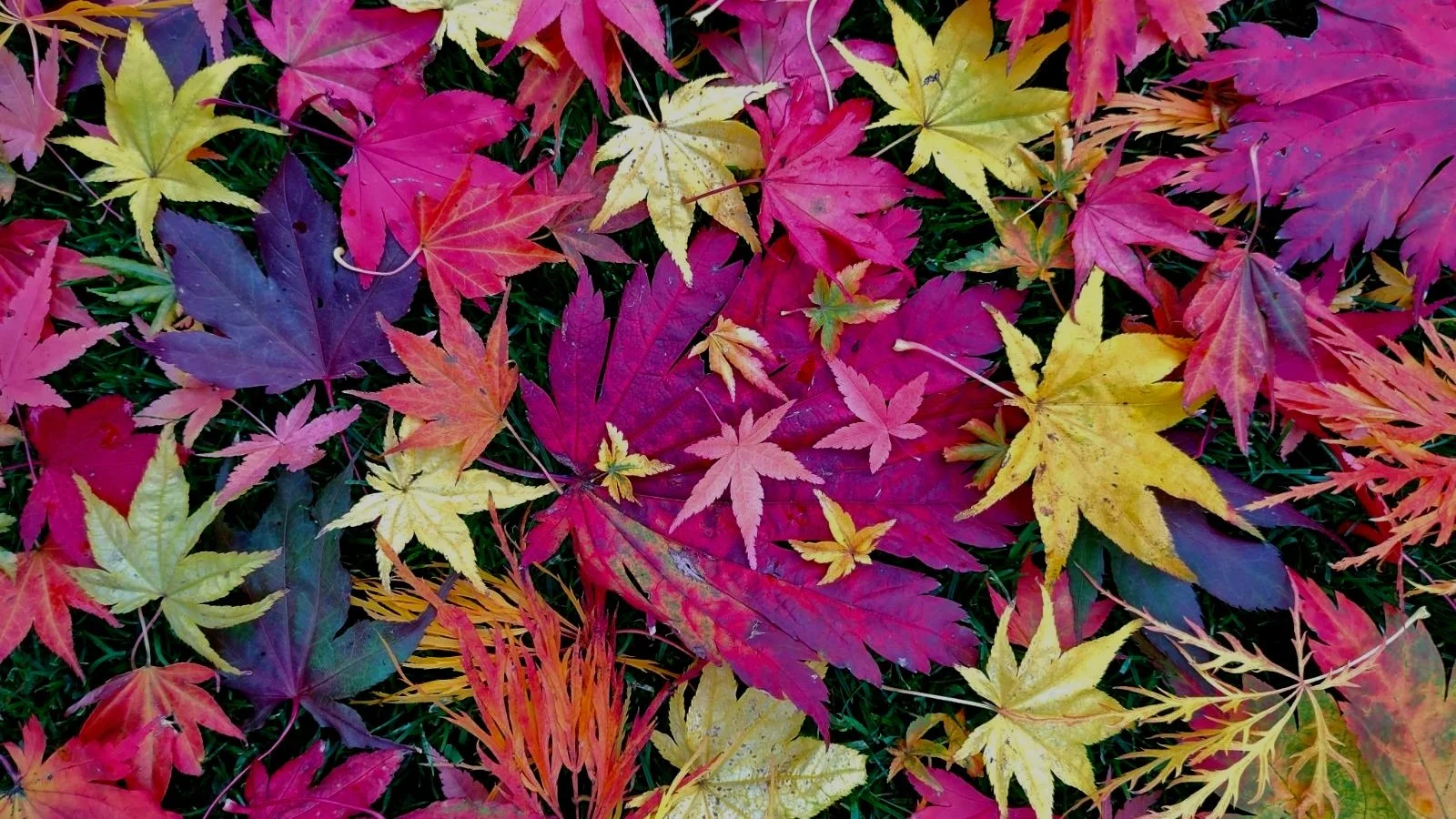There is an old expression attributed to Aristotle, “nature abhors a vacuum”, that basically means every space in nature needs to be filled with something. It would serve us all well to remember this when it comes to controlling weeds in our gardens. All that hard work we do to clear off the vegetation will be for nothing if we don’t either plant new plants or cover the ground with mulch. Nature will simply revegetate the soil the minute you look the other way.
There is a phenomenon in nature called “allelopathy”, by which one plant releases chemicals that can suppress the growth of other plants near them. Walnut trees are famous for this, which makes them very hard to garden underneath. All plants contain allelopathic biochemicals that help them compete against their neighbors and some are more effective than others. Whenever we remove weeds we are also removing those biochemicals, which has the result of allowing other weed seeds to then germinate and start growing. The very act of weeding stimulates the growth of new weeds. It just doesn’t seem fair, does it!
Gardeners have a few options when it comes to getting a leg up on this weed issue. I firmly believe that most of our weed dilemmas are self-inflicted with poor timing, or should I say neglect - being the number one failure of gardeners. “Nip them in the bud” or “a stitch in time” will go a long way towards not getting overwhelmed with the weeds in your garden. Simply shuffling over the soil with a tool called a Hula Hoe will save you hours of tedious labor pulling out individual weeds by hand. If you are an “up close and personal” gardener, try a ‘Cape Cod’ weeder.
Beyond catching weeds at an early stage, it is absolutely imperative that after we clear off a spot of earth, we either plant some new crops that will start emitting their own allelopathic biochemicals, or we cover the ground with a blanket of mulch. Please note that I did not say “landscape fabric”. Mulch alone will suppress weed growth every bit as well as a fabric, with the added advantage of letting the soil breathe better and moisture penetrate faster. In time, your soil will improve in structure and when weeds do appear, they will be easier to shuffle off with that fabulous tool the Hula Hoe.
Naturally, chemists have come up with synthetic replicas of these biochemicals that gardeners can use to suppress weeds in their gardens. Be very careful where you use them! Some are safe around almost all plants while others can only be used near woody ones, such as azaleas and roses. Some are short lived (3 to 6 months) while others will last a full season. When used according to the label they should be safe, but I would submit that if you put your energy into good soil stewardship and generous applications of mulch you probably won’t need to use any of them.
As for mulch, any kind of organic material will work - the more decomposed the better. Finely textured organic material works the best around annuals and veggies, while coarser materials are suitable around shrubs. Because weeds need light to germinate, it is important that your mulch contain fine particles that will knit together with the coarser ones to form a barrier to the light, which will keep weed growth down to a minimum. Since organic materials decompose over time, mulching needs to be an annual event. Just remember that you are improving your soil in the process which will help make your whole garden healthier.
With good timing, the right tools, and proper soil management, weeding can actually be a pleasurable experience. For Pete sakes, stop dreading it and learn to enjoy the process! Stay safe and keep on gardening!



